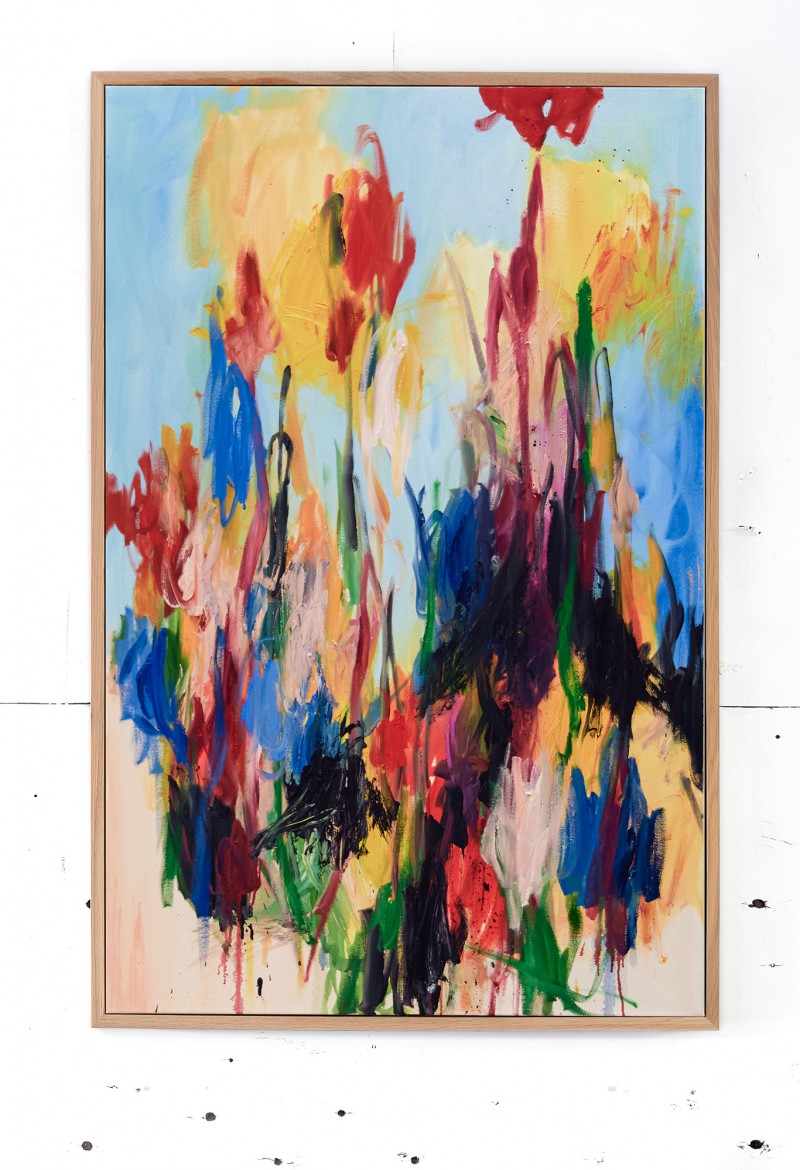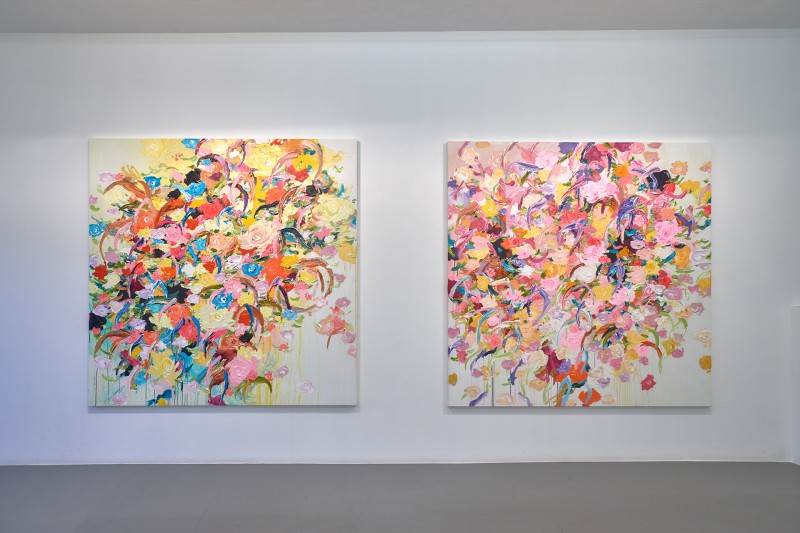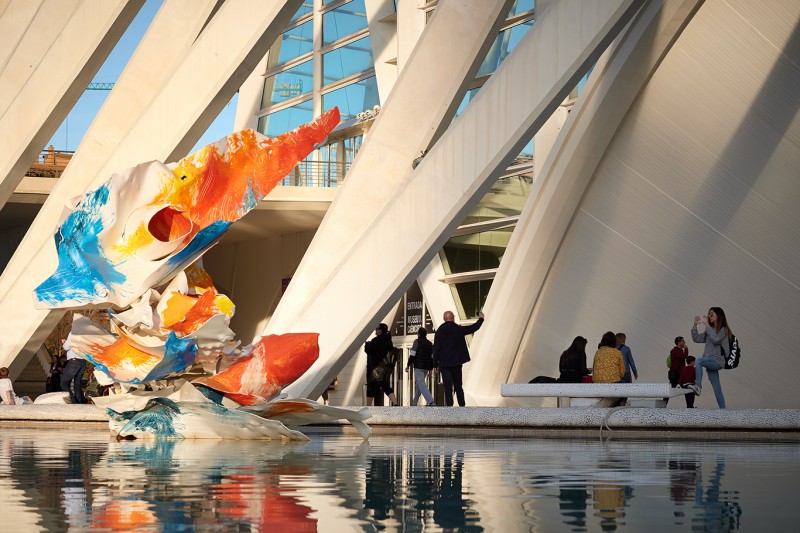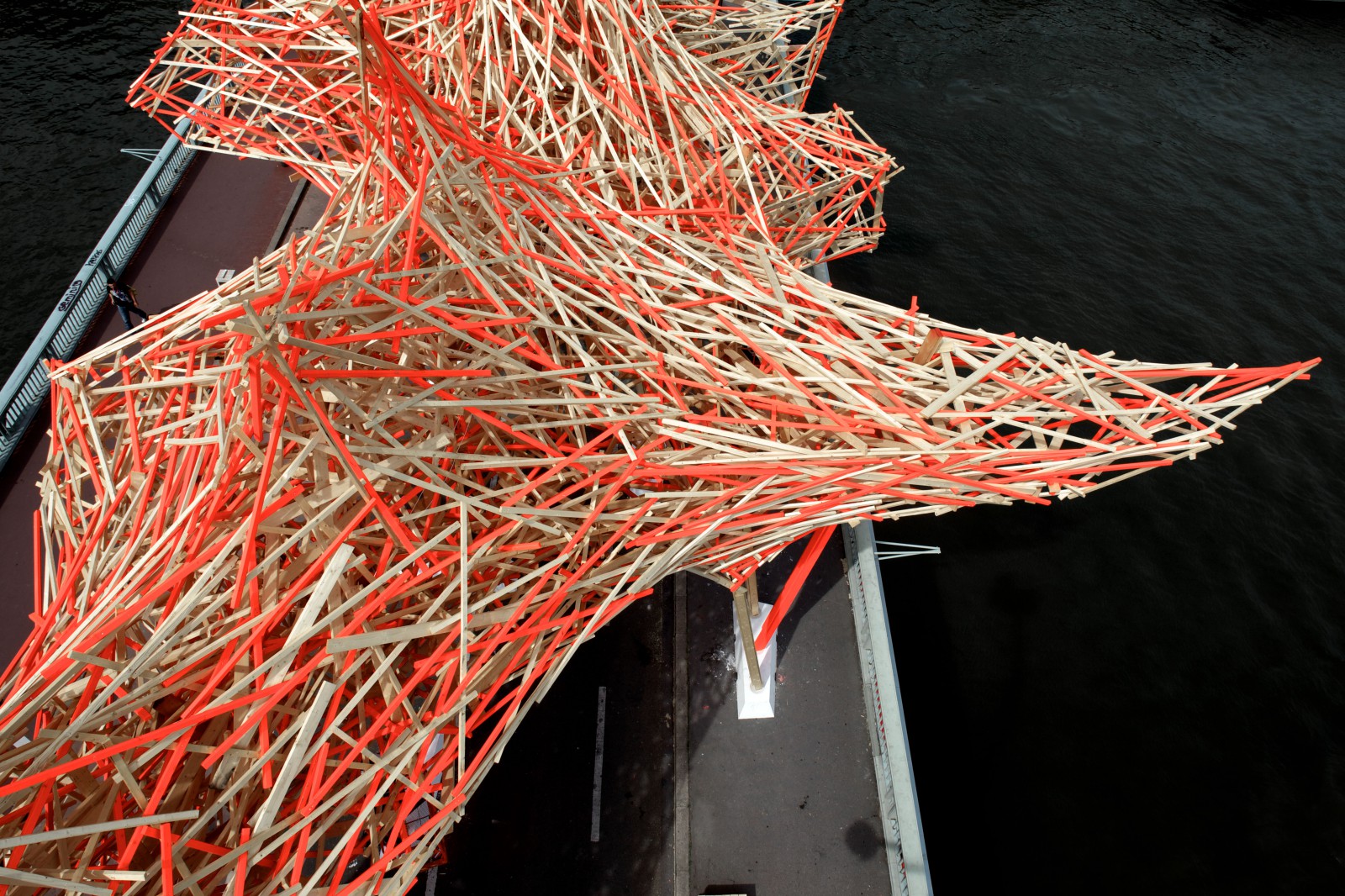
Wooden public construction — Rouen, France
Camille
In 2010, the French department of Normandy, the birthplace of impressionism, organised a grand festival to honour their ancient masters. With respect to this wonderful heritage, the city of Rouen decided to celebrate their masters with a festival of contemporary art, called Rouen Impressionnée, to show that ancient and modern works of art can perfectly supplement each other. ‘Camille’ was born on the Boieldieu Bridge as part of this festival and owes its name to the link with impressionism.
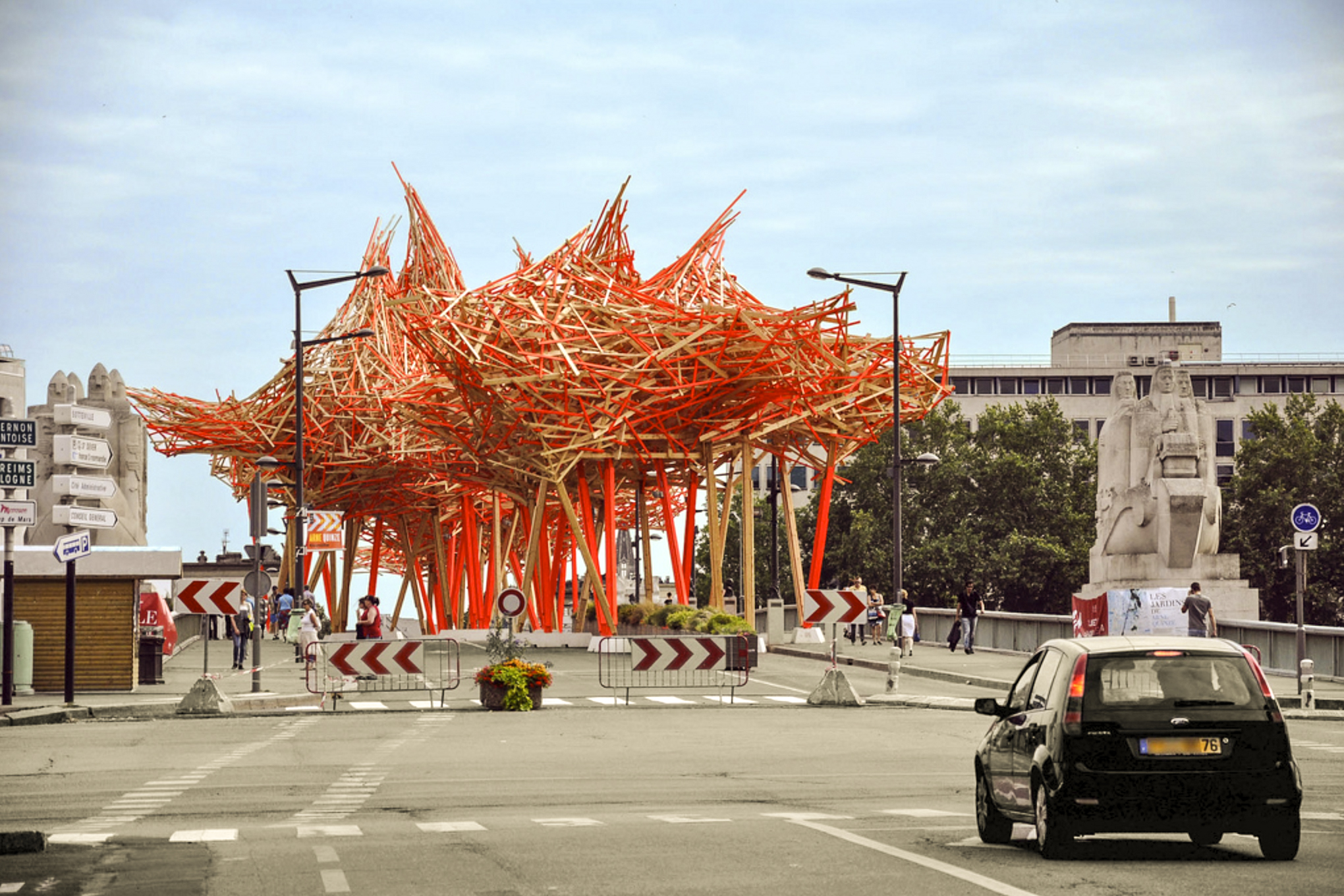
Pedestrian area with public sculpture 'Camille' by Arne Quinze. Picture by Pascal Berger
Arne Quinze was happy to determine the location of where the sculpture would be placed himself. This often leads to difficult discussions as it is not always easy to obtain the right permits and to rouse the favour of the local population for a project as many people do not like to give up their daily habits. He immediately knew that he wanted to place a big sculpture (120 metres long, between 6 and 20 metres high) on the most centrally located bridge in the town, the Boieldieu Bridge. The inhabitants of the left and right banks lived very separated from each other due to the clearly visible separation, which the river Seine had established during the course of history.
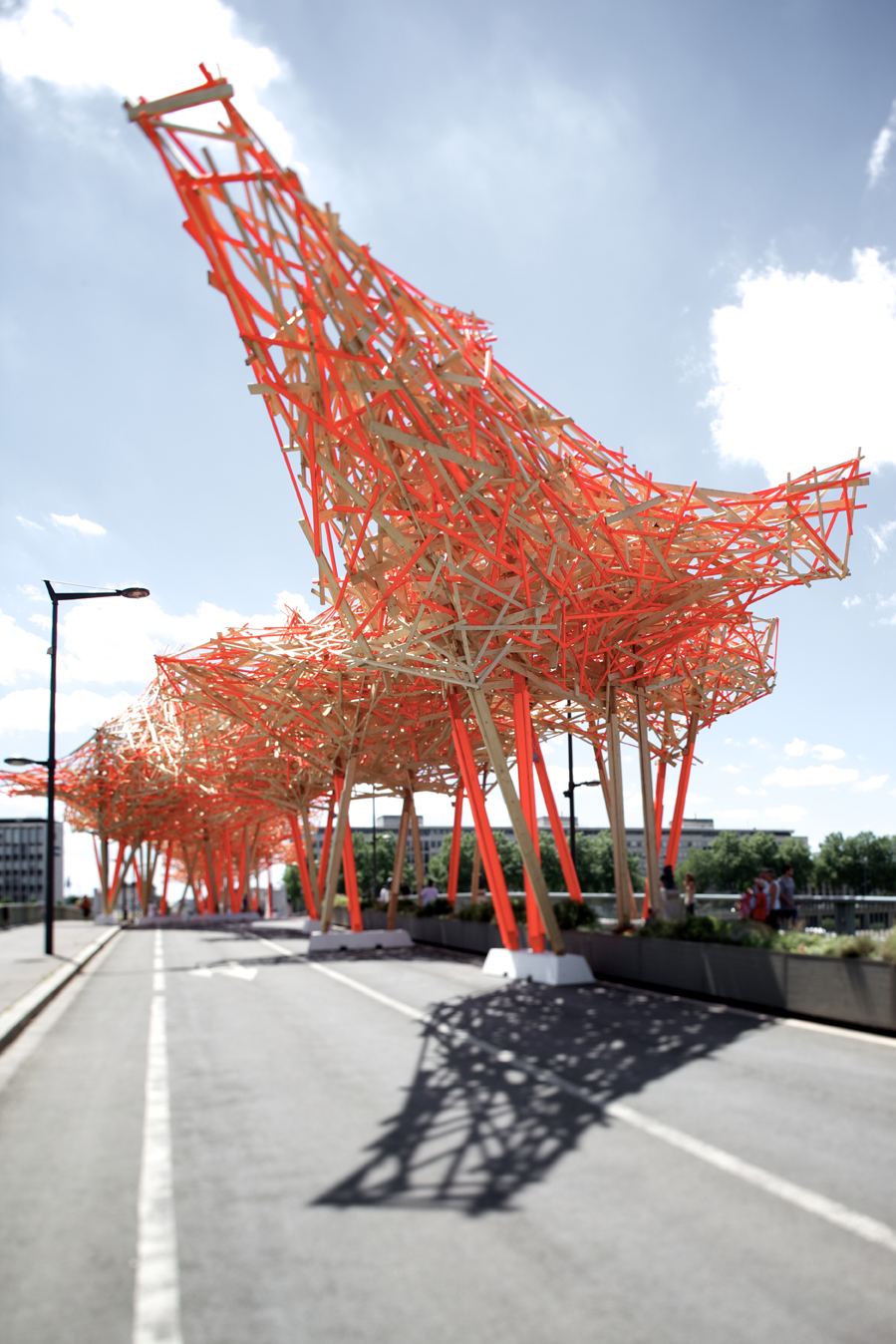
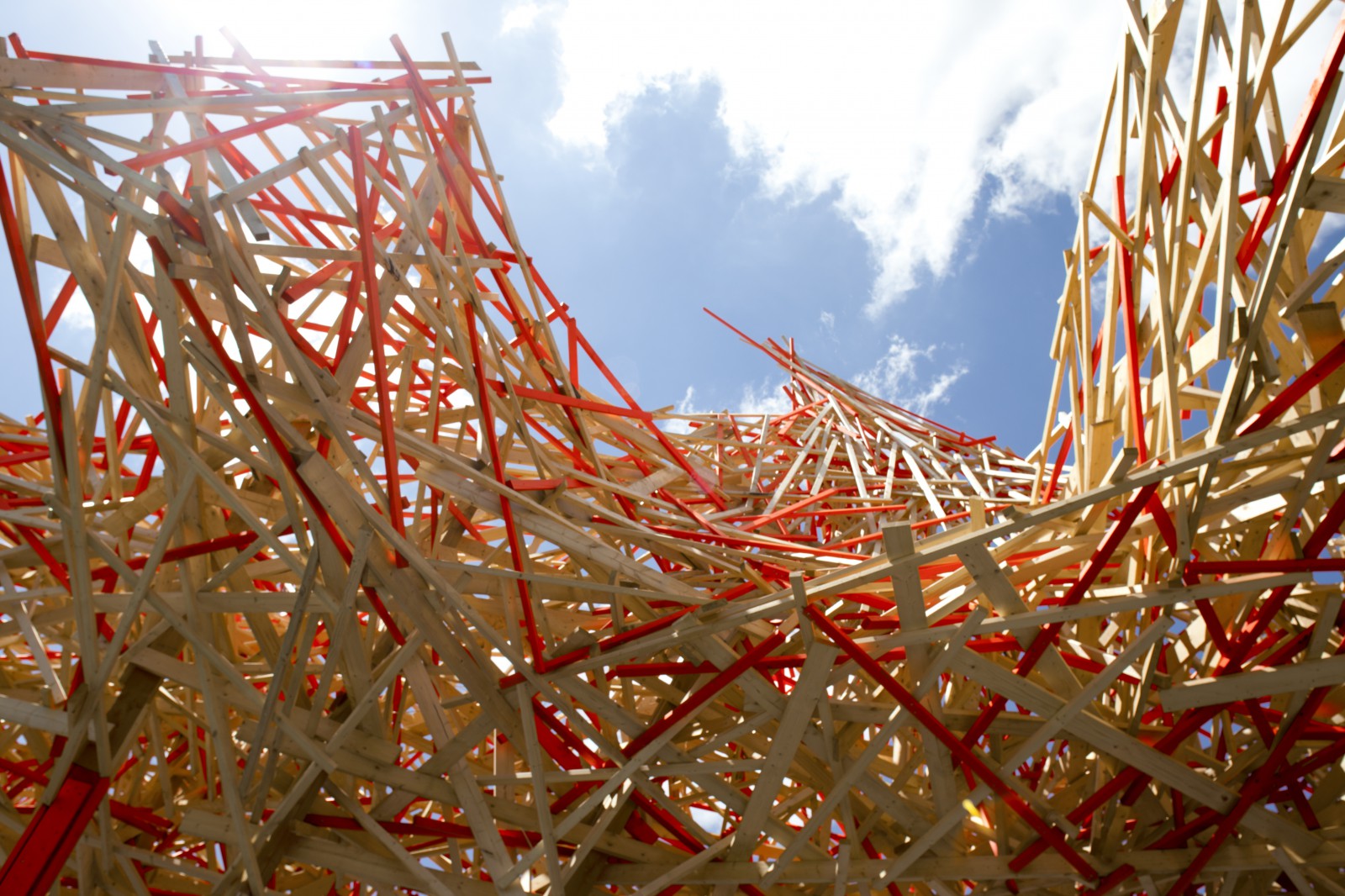
For the duration of the festival, the bridge was closed to all traffic, a radical decision for Rouen’s inhabitants. No less than 40 per cent of all traffic in the city makes use of this bridge. The river Seine could no longer be crossed by car, but something beautiful happened instead. This pedestrian area enabled
the people from both sides of the river to meet each other in the middle below the wooden sculpture. There, they found a common ground and started talking to each other, about the sculpture in the first place. Public art facilitates human interaction. The two islands of the city were connected again.
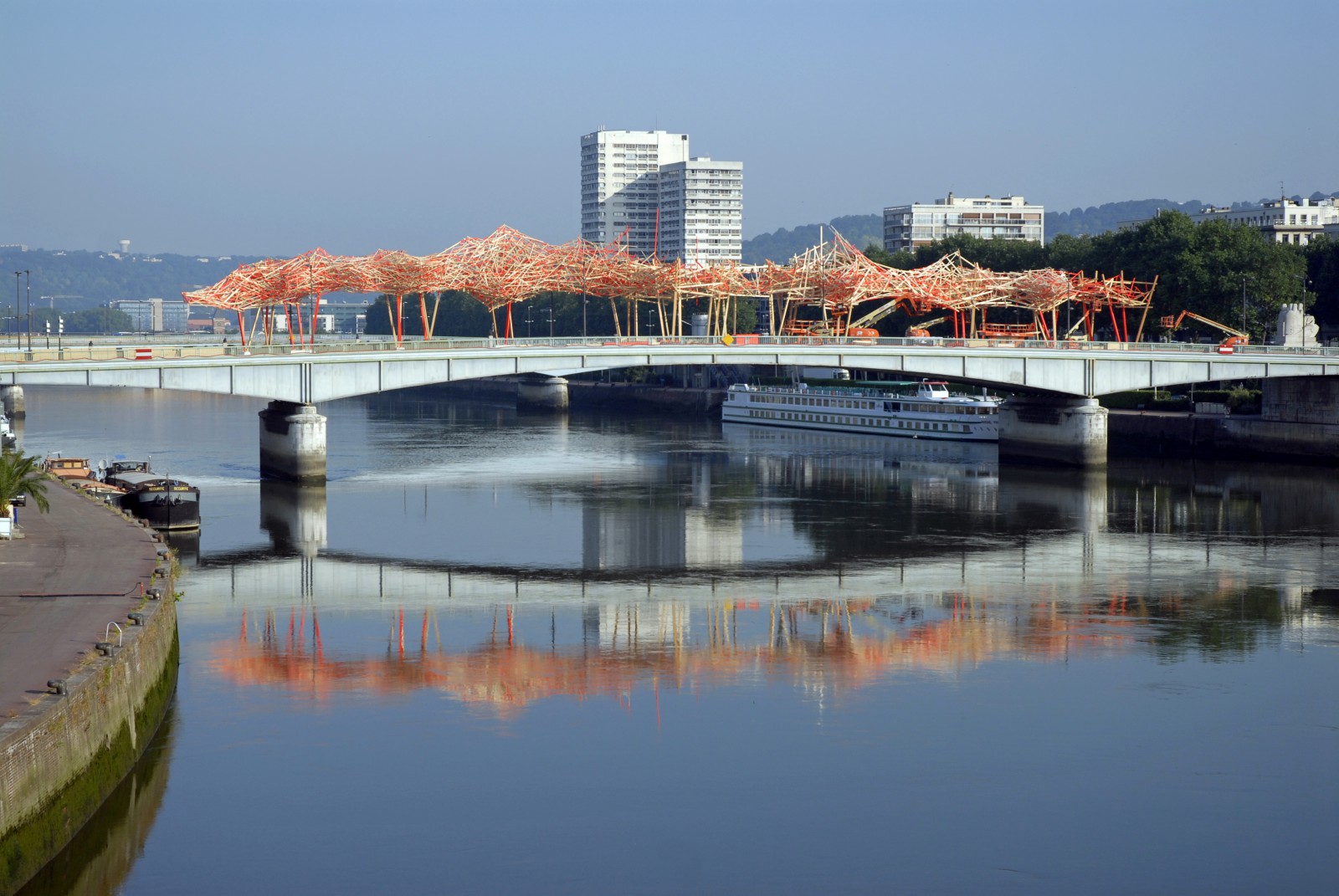
Boieldieu bridge with public installation 'Camille', photographed by Bruno Delande
"The two islands of the city were connected again."
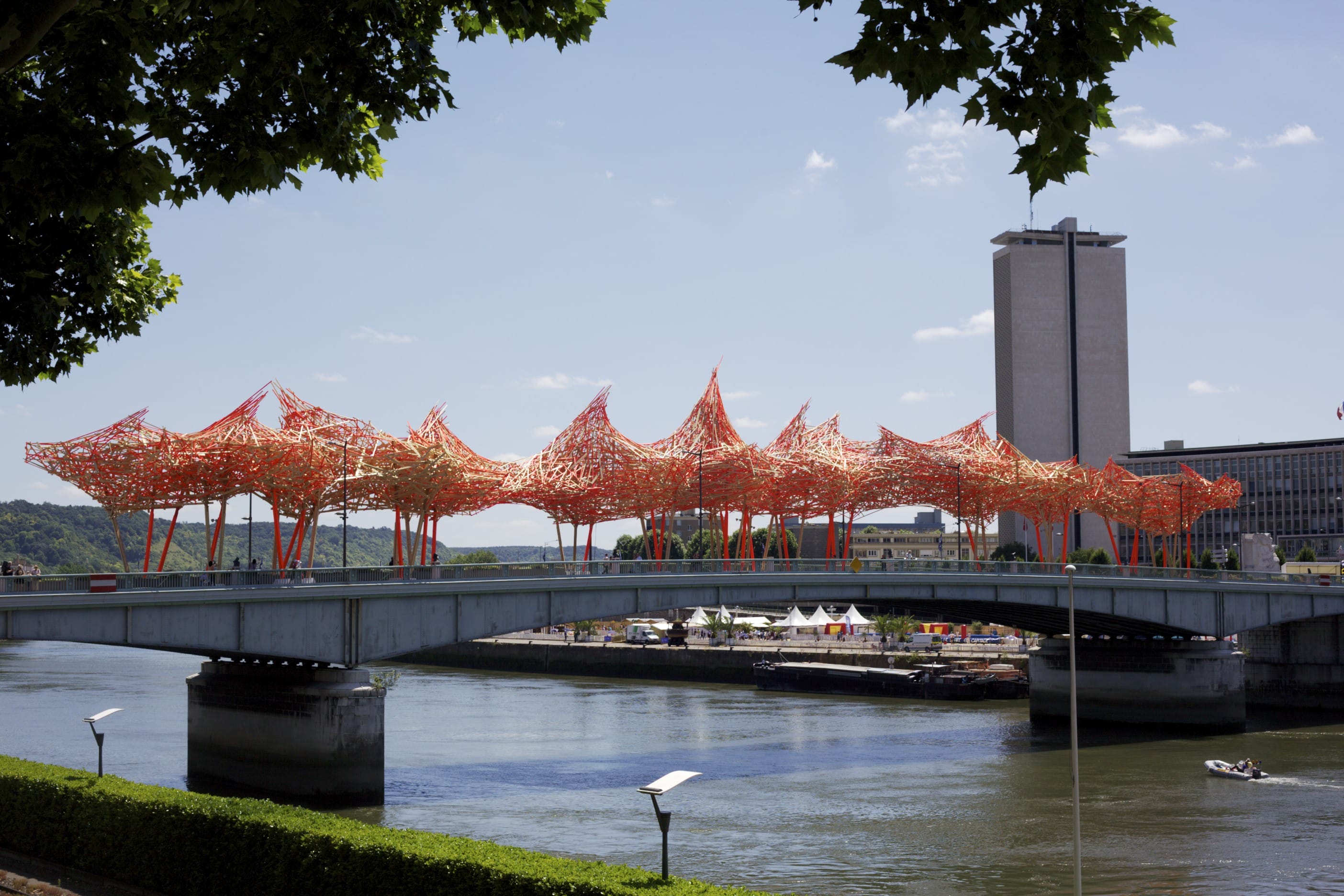
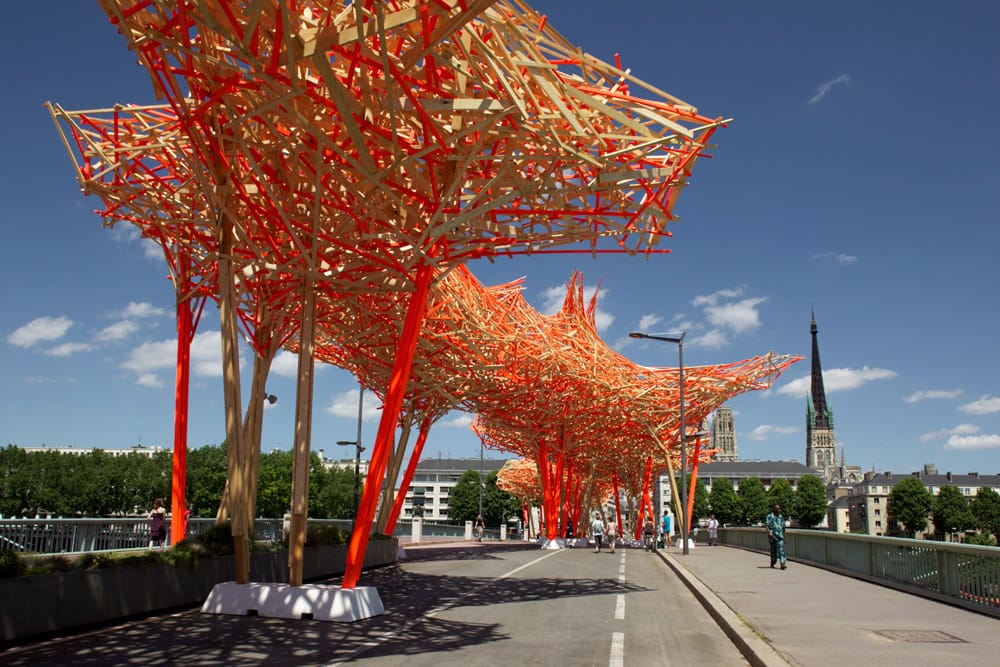
This sculpture was not only a place of interest for the locals. No less than 2 million Frenchmen visited Rouen to see the sculpture from up close. During the festival, which only lasted for two months, the inhabitants of Rouen started a petition to keep the temporary sculpture. This was real proof that ‘Camille’ did indeed have an effect on people’s lives. The town council also recognised this, because shortly after the festival, plans were already circulating to reconstruct the river banks in certain places and to integrate various art installations. Despite the emptiness left by ‘Camille’, Rouen's panorama has definitely changed.
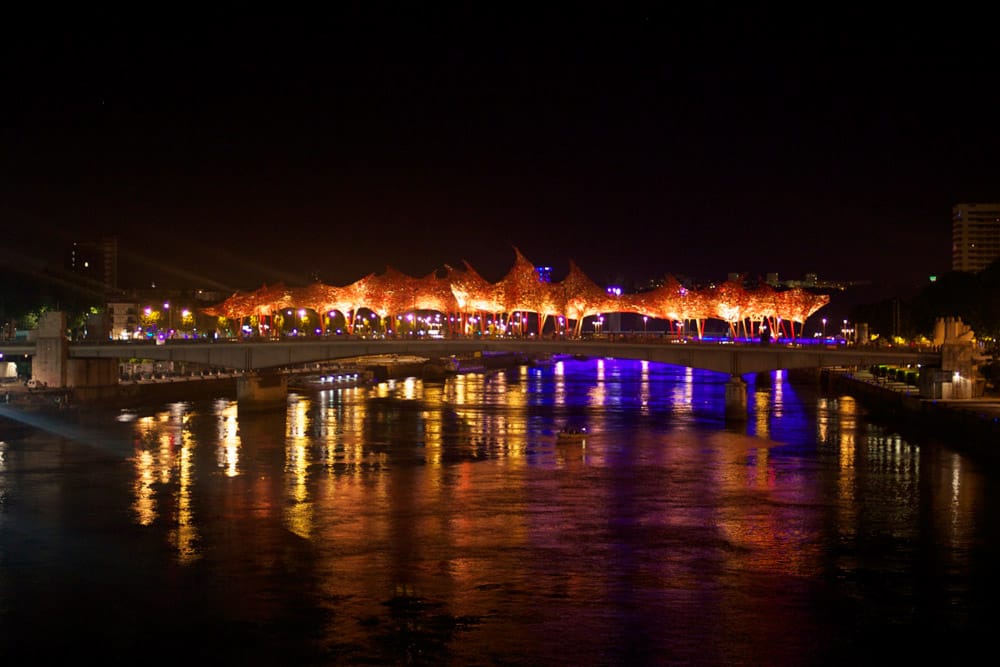
Wildflower Field Paintings
Oil paint — Black, Purple, Red
Oil paint on canvas with solid oak frame The glowing reds, rose, orange, and yellows we see at...
Swiss Alps solo exhibition
My Secret Garden — Gstaad
This solo show opened in February 2019, with lots of new paintings and sculptures. The Patricia...
My Secret Garden
Ramosissima
Sculpture made for the exhibition 'My Secret Garden — Valencia', commissioned by Enrique Vidal...
